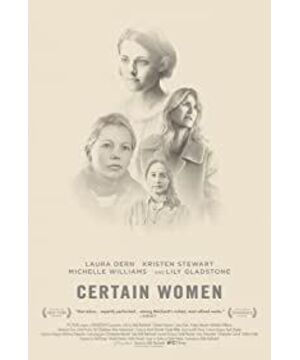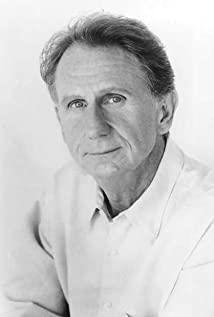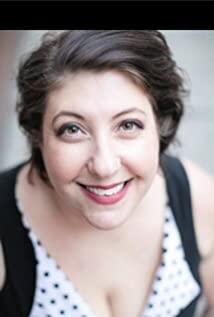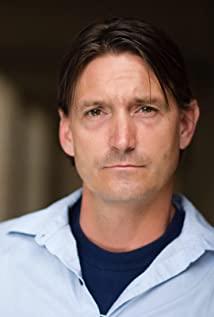Sparsely scored and frugal with dialogue, the film's pace and style rivals that of Apichatpong, slow enough to make the audience in the more commercial Landmark Theater walk several times. But at the same time, the audience also becomes another character. When we calm down, we will not only pay attention to each actor's every move, every frown and smile, but also pay attention to the sound of the surrounding audience moving in their seats, their every breath, and their thoughts. And then as you drive, drive, stop at a traffic light, drive again, stop again with your on-screen character, there's a sudden "this is life" urge.
Then there are the three stories. Oh these three stories! First of all, I don’t think this is a triptych of the three stories of women’s career, family, and love: one and two involve family, because the husband of No. 2 and the heroine of No. 1 have an affair; No. 3 involves career and family, when there is no support Helpless Lily Gladstone shrugged and said, "It's just a winter job, and you can't help but wonder where she's from and where she'll go after winter. Second, I don't even think it's a story about women or feminism. The first and second stories have important men: Client Fuller, grandfather Albert with stones. In some ways, Fuller in the first story is more sympathetic than Laura. The director changed Jamie's role in the third story from a male to a female in the original novel, which enriched the story a lot, with various possibilities of ambiguous or friendly, same-sex or opposite-sex.
After talking for a long time, I think this movie is nothing. Therefore, I think this film is about people who want to communicate and understand, but cannot communicate and understand. In the first story, Fuller didn't listen to Laura's kind and correct advice for eight months, which made Laura very upset; Laura cared about Fuller and bought him food, but in the face of Fuller's spiritual dependence, she asked her to write a letter, but Again at a loss. In other words, when Laura reaches out to Fuller, Fuller doesn't appreciate it; when Fuller reaches out to Laura, Laura doesn't appreciate it. In the second story, the daughter seems to like her father more. What jokes are made between the two of them. Gina asks her husband what the joke is. The husband reluctantly retells it, but Gina does not find it funny. Two people are trying to communicate, but communicating does not mean that they understand each other. In the third story, Beth took the initiative to chat with Jamie, asked if there was anything to eat nearby, and invited her to continue to listen to the class; but when Jamie went to Beth impulsively, Beth obviously didn’t have that friendship, and Jamie pretended to be indifferent. Say, it's okay, don't let me take it as a mistake, you go to work and you go. In Jamie's view, this is not her self-indulgent love.
Director and Vox InterviewWhen I said the following: It was just more like working women — not even just women, just people in this area — which allows for questions about relationships with strangers, different ways people live in community, or the family nucleus, versus solitude , whether that solitude is just being alone in a bar or alone in your bedroom, and the complicated relationships you can have with a stranger. Or the missed opportunities for a connection with a stranger. It's just kind of about people who brush up against each other. The general idea is that I am not only interested in women, or people, how to deal with being alone and in groups, how to pass by strangers, or how to build complex relationships with strangers who pass by.
In some ways, the third story between Kristen Stewart and Lily Gladstone is the most moving, and even the first and second stories are a little weaker in comparison. But with one or two, together with three, it has become a panorama of contemporary people-to-people exchanges, which is like the Qingming Riverside Scene, which is understated but covers thousands of people.
——————
Sorry for the confusion about the name swap of the characters and actors, the following is the list of characters:
First story: Lawyer Laura Wells (Laura Dern), client Fuller (Jared Harris, oh Lane Pryce! You have no idea how happy I am to see your face again, Mr. Harris), lover Ryan Lewis.
The second story: wife Gina Lewis (Michelle WIlliams), husband Ryan Lewis, daughter, Albert, a stone seller.
The third story: Beth Travis (Kristen Stewart), a young lawyer, and Jamie (Lily Gladstone), a rural helper.
View more about Certain Women reviews











